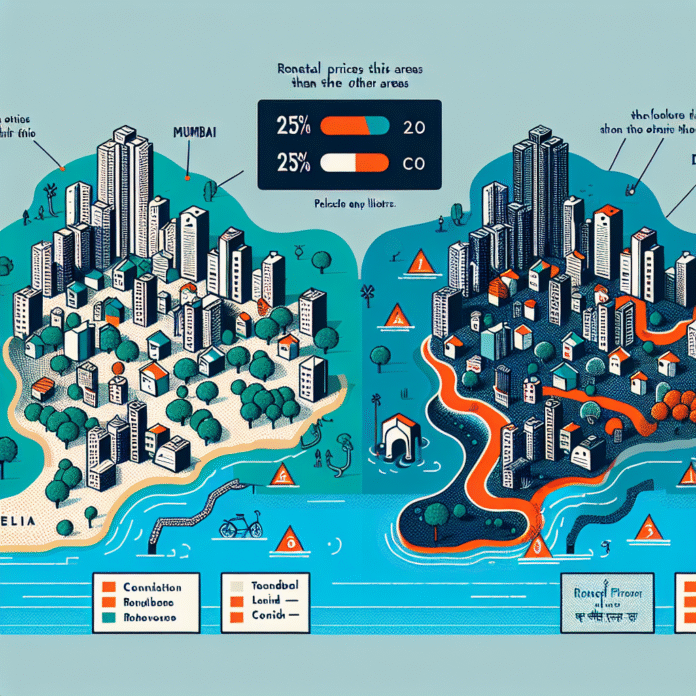World Bank Identifies Flood-Prone Areas in Mumbai with Lower Rental Prices
Delhi Faces Higher Risk of River Flooding
World Bank Identifies Flood-Prone Areas in Mumbai with Reduced Rent Prices
The World Bank has recently highlighted specific flood-affected regions in Mumbai where rental costs are approximately 25% lower than the city average. This significant finding underscores the ongoing challenges posed by climate change and urban planning in one of India’s most populous cities. The lower rents in these flood zones may attract some residents; however, the risks associated with flooding could deter potential tenants, raising concerns about long-term sustainability and safety.
Delhi’s Vulnerability to River Flooding
In addition to Mumbai’s challenges, the World Bank report reveals that Delhi is particularly vulnerable to river flood exposure. The capital city faces significant risks due to its proximity to several major rivers, which can overflow during monsoon seasons or heavy rainfall events. The implications of such flooding can lead to widespread displacement, infrastructure damage, and economic losses. As urban areas continue to expand, it becomes increasingly crucial for city planners and policymakers to address these vulnerabilities through effective flood management strategies and sustainable development practices.
Broader Implications for Urban Planning
The insights from the World Bank emphasize the need for proactive measures in urban planning, especially in flood-prone regions. Strategies could include enhancing drainage systems, implementing better land-use policies, and investing in green infrastructure to mitigate flooding risks. Additionally, raising public awareness about these issues can empower communities to take action and prepare for potential flood events.
As cities like Mumbai and Delhi grapple with these environmental challenges, collaboration between government agencies, non-profit organizations, and local communities will be vital in creating resilient urban spaces that prioritize safety and sustainability.


